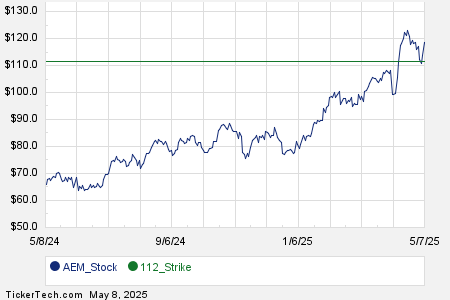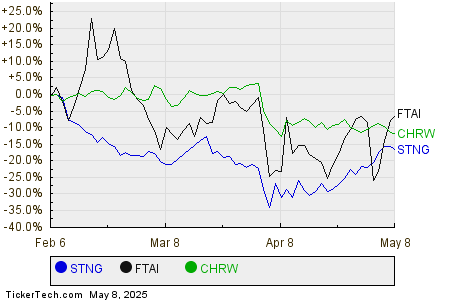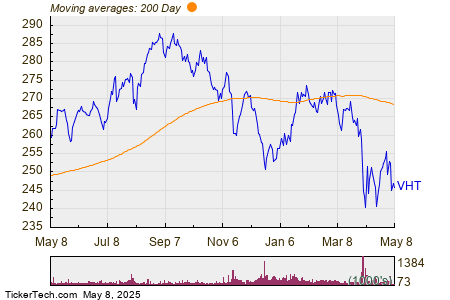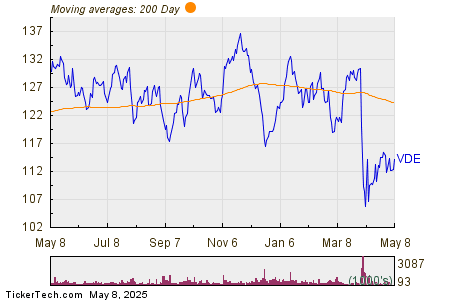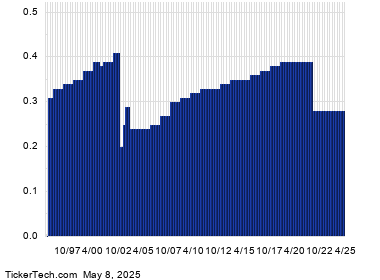Apple Reports Mixed Earnings: Legal and Tariff Challenges Loom
Apple (NASDAQ: AAPL) recently disclosed its fiscal second-quarter results, revealing both positive growth and significant challenges. With the stock down approximately 20% this year, Apple has ceded its position as the world’s largest company to Microsoft.
Investors may wonder whether Apple’s strengths outweigh its risks or if it’s time to consider other opportunities.
Legal and Tariff Risks Present Challenges
Although Apple primarily remains a hardware company, its high-margin services segment has been a significant growth driver in recent years, compensating for stagnant iPhone sales. This segment earns revenue through the App Store, cloud services, subscriptions like Apple TV and Apple Pay, and a revenue-sharing agreement with Alphabet‘s Google.
For the latest quarter, services revenue rose 12% to $24.97 billion but fell short of the $25.28 billion estimate from analysts, as per LSEG. The legal landscape poses ongoing risks, particularly with cases like the recent injunction Epic Games won against Apple, which may significantly affect its services business.
During the earnings call, analysts highlighted this legal concern and the potential implications of Google’s antitrust lawsuit. A judge ruled that Apple had willfully violated a previous court order, raising the possibility of criminal contempt charges.
The exclusive search deal with Google presents another vulnerability. This arrangement generates over $20 billion annually for Apple, constituting more than 15% of its operating income. The outcome of ongoing legal challenges surrounding this agreement is crucial for the company.
Tariffs also remain a point of concern. Apple noted that while the tariffs had a limited impact on its results for the March quarter, they projected an increase in costs by $900 million for the June quarter if no changes occur. Although early April saw a surge in consumer purchases ahead of the tariffs, the long-term impact could be significant if the current conditions persist.
Notably, Apple indicated that most iPhones sold in the U.S. during the June quarter would list India as the country of origin, with the remainder primarily sourced from Vietnam. In contrast, most products sold internationally will still come from China.
Sales in China decreased by 2%, an improvement compared to an 11% drop in the previous quarter, signaling some recovery.
Despite these challenges, Apple reported solid overall performance. Revenue rose 5% to $95.4 billion, and earnings per share (EPS) increased by 8% to $1.65, exceeding analyst expectations of $1.60 on sales of $94.58 billion.
Sales in the product segment grew nearly 3%, driven by strong iPad and Mac performance. iPad sales surged 15% to $6.4 billion, influenced by the new iPad Air. Mac sales rose 7% year-over-year to $7.9 billion due to updates in Apple’s laptop line. However, wearable sales fell by 5% to $7.5 billion, attributed to tough comparisons with last year’s launches.
iPhone sales increased 2% to $46.8 billion, with double-digit growth among upgraders year-over-year. The iPhone was reported as the best-selling model across several key markets, including the U.S., urban China, the U.K., Germany, Australia, and Japan.

Image source: Getty Images.
Evaluating Risk vs. Reward
Apple continues to deliver solid overall results, largely due to its high-margin services segment. However, risks are increasing, particularly concerning tariffs and the future of its revenue-sharing agreement with Google. While tariffs will moderately impact the June quarter, more severe effects could arise later.
The company is attempting to mitigate risks by relocating manufacturing away from China and plans to invest $500 billion over the next four years in U.S. infrastructure, including a new advanced server manufacturing facility in Texas.
While the risk to the Google revenue-sharing agreement is significant, it is unlikely that it will entirely vanish. However, a substantial reduction in this revenue could negatively impact Apple’s earnings.
The stock currently trades at a forward price-to-earnings (P/E) ratio of about 28 based on fiscal 2025 projections. Given this high multiple, combined with the potential loss of a major revenue stream, the risks may outweigh the rewards for Apple stock at this time.
Should Investors Consider Apple Stock?
Before investing in Apple, it’s essential to weigh the pros and cons carefully.
Recent analyses suggest that there may be more promising stock options available. Investors should remain vigilant and deliberate in their choice of stocks.
The views and opinions expressed herein are those of the author and do not necessarily reflect those of Nasdaq, Inc.
